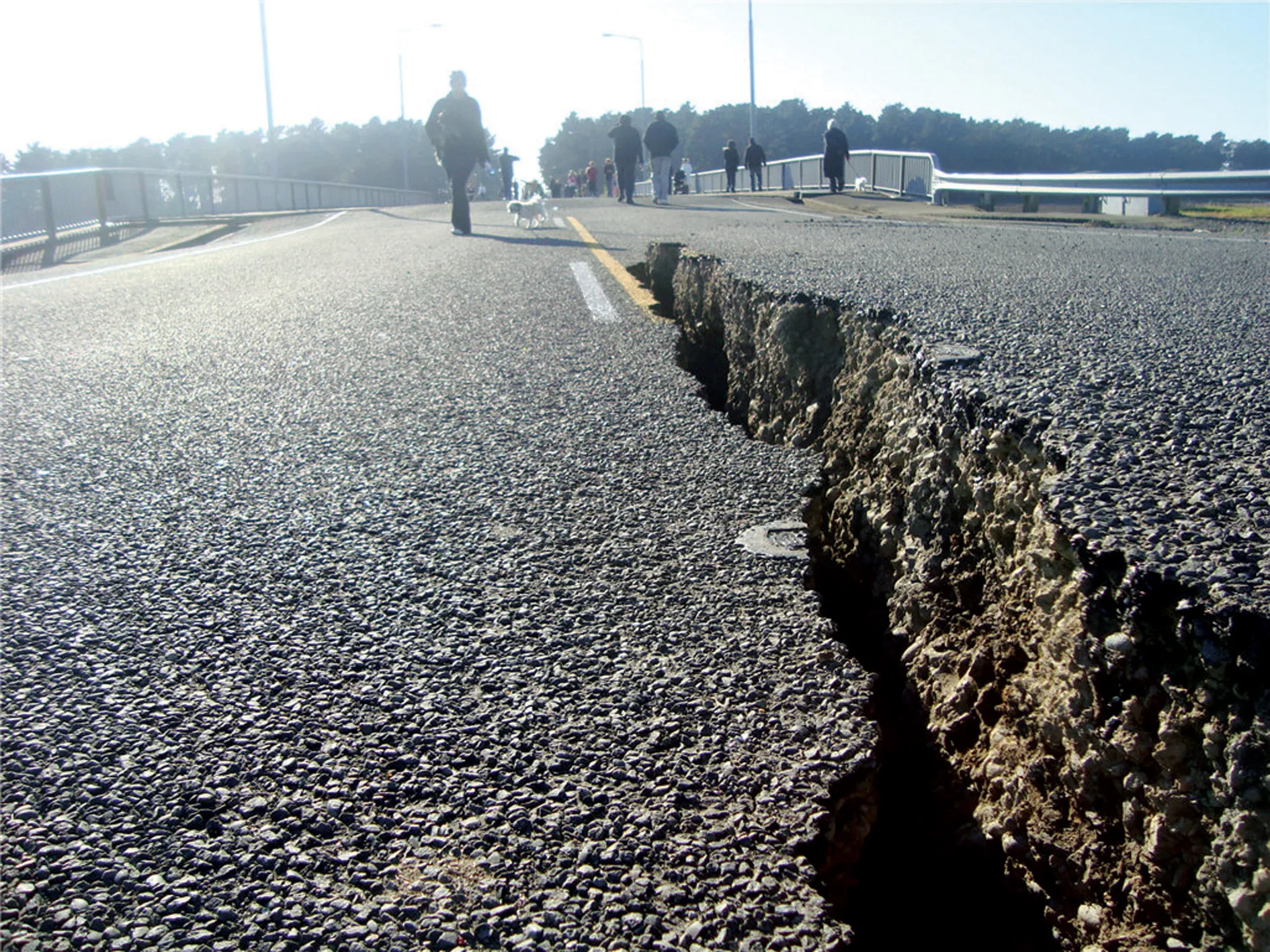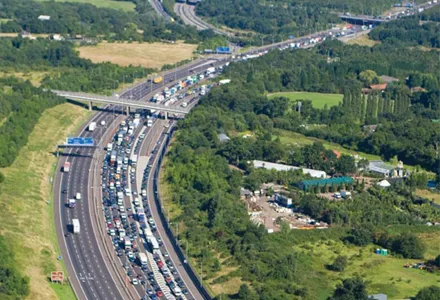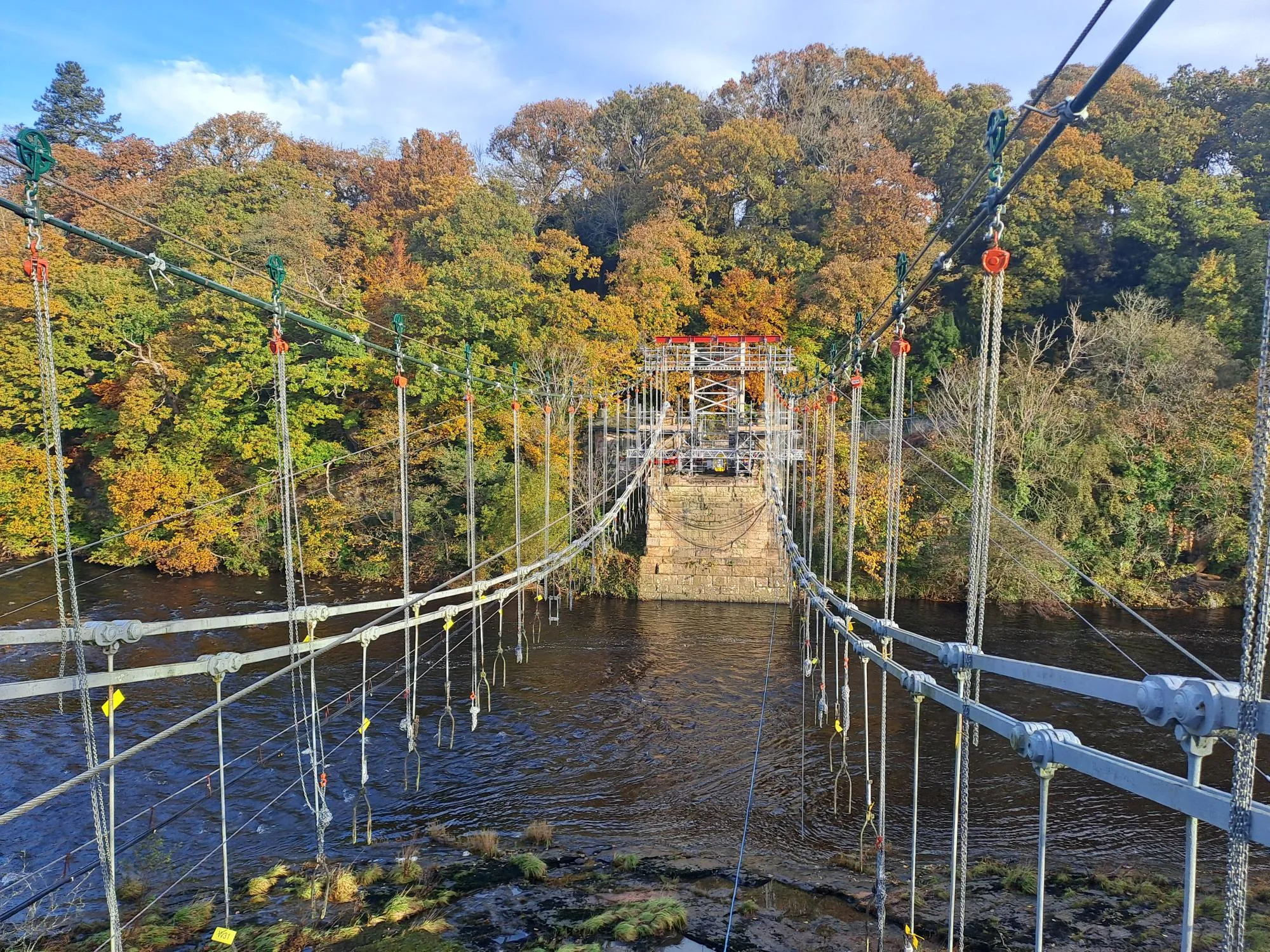In New Zealand city Auckland road signs are suffering excessive wear rates due to structural loads that were utterly unforeseen by highway planners. The problem originates with the city’s ladies of the night, who use the poles of the roadsigns in active dancing displays intended to entice customers. Over 40 roadsigns have been bent in this way, with several having to be replaced. The problem has caused something of an outcry amongst perturbed locals who are less than happy with these, and other, related inc
October 9, 2012
Read time: 2 mins
In New Zealand city Auckland road signs are suffering excessive wear rates due to structural loads that were utterly unforeseen by highway planners. The problem originates with the city’s ladies of the night, who use the poles of the roadsigns in active dancing displays intended to entice customers. Over 40 roadsigns have been bent in this way, with several having to be replaced. The problem has caused something of an outcry amongst perturbed locals who are less than happy with these, and other, related incidents. In one related incident a supermarket trolley was propelled at speed by one of the night-time dancers into a car belonging to a local inhabitant who had earlier voiced a complaint. The person carrying out the attack then lay across the bonnet of the vehicle using it as a display area, to the distress of the car owner. Clearly Auckland requires a combined solution including stronger road signs to cope with these unanticipated stresses until effective deterrent methods can be introduced, as well as more easily available access to weight loss programmes. However, it is not clear how the road authorities would be able to model the necessary payload ratings or develop testing procedures and standards to ensure the signs could handle the stress loads currently being exerted.









